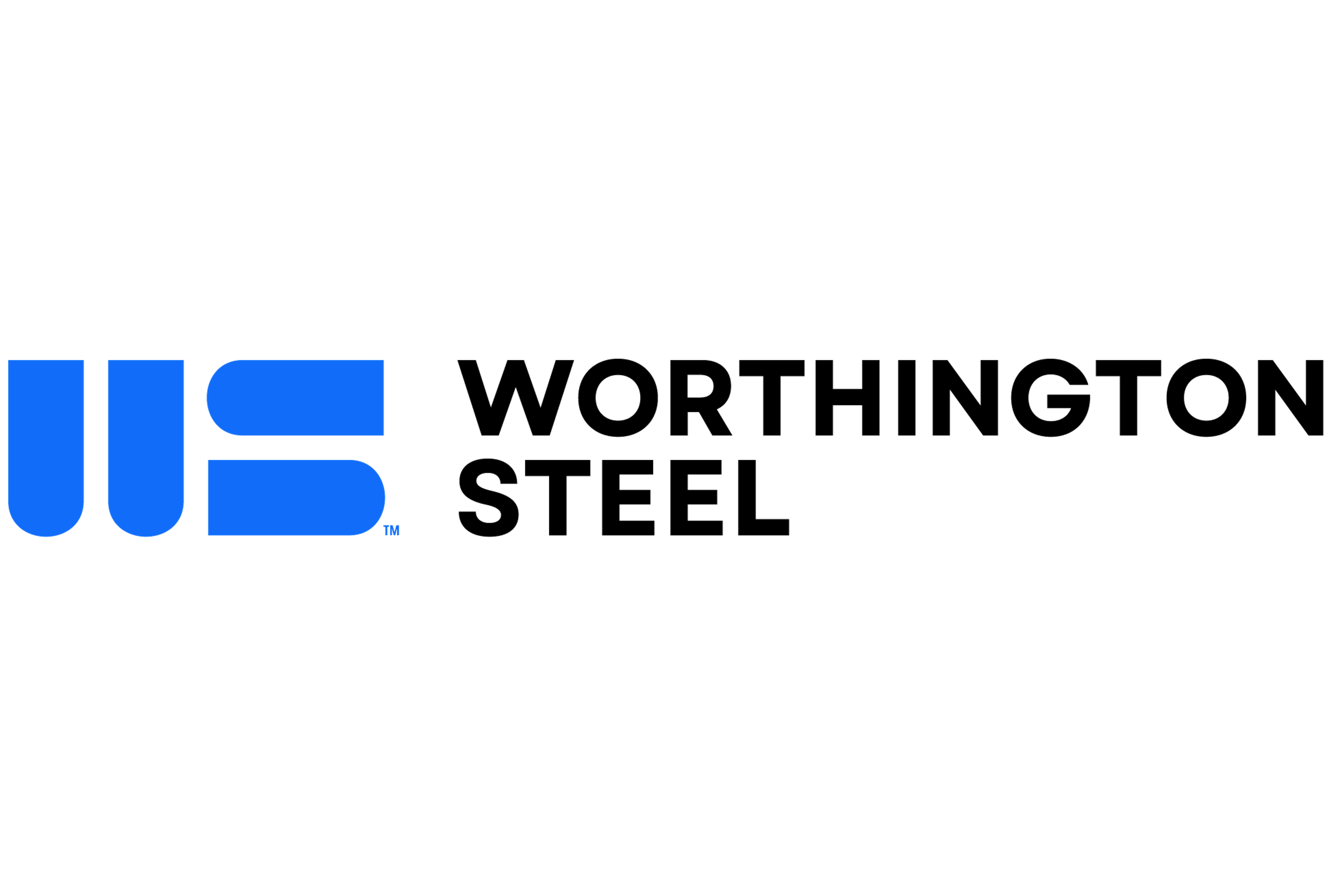Market Segment

December 3, 2019
Is Cliffs/AK Merger a Winner? Some Observers are Skeptical
Written by Tim Triplett
Early reviews of Cleveland-Cliffs’ decision to acquire AK Steel show mixed opinions among the market observers polled by Steel Market Update. On the surface, the marriage of the producer of value-added iron ore with the long-time steelmaker, its largest customer, seems a natural fit. But merging the two, very different companies may not prove so simple.
“The Cliffs deal to merge with AK Steel was one of the best kept secrets ever in our industry,” observed one SMU source. “From the standpoint of vertical integration, sometimes it works in your favor and sometimes it doesn’t. I’m not sure I see any real strategic gain in this deal with the exception of Cliffs getting a guaranteed customer for its products. In my opinion, this would be like buying a newspaper company. Yes, they have some value today, but in 20 years who is going to read a newspaper?”
AK Steel is an integrated producer that operates traditional basic oxygen furnaces, as well as more modern and efficient electric arc furnaces. The future of BOFs is in doubt, as one observer pointed out. “BOFs are dinosaurs. EAF is clearly the future of steelmaking in this country. As the new EAF capacity comes online in the next two years, you will see more BOFs idled or shut down permanently.”
The trend toward minimill steel production is not lost on Cliffs, but its alliance with AK helps to protect the company in the short run by locking in a dedicated outlet for its standard pellets, noted one service center executive. At the same time, Cliffs plans to move more into DRI/HBI to be able to supply EAF mills with raw material.
“AK is reportedly in a weak condition, saddled heavily with debt and not enough free cash flow to invest beyond maintaining its current structure and capabilities. I’ll leave it to the financial experts to opine on whether the value Cliffs paid for AK is appropriate, but I do think that had AK put itself ‘up for sale’ on the open market, it’s possible a better suitor might have emerged. The biggest issue Cliffs will face in the future is where to deploy its capital. I doubt there will be enough to invest in both entities, and they’ll be faced with difficult decisions about what to cut at some point,” he added.
Commented another source, “The Cleveland-Cliffs announcement was extremely interesting—you never know what [Cliffs’ CEO Lourenco] Goncalves will do! Upstream integration isn’t something I had considered, and the impact is yet to be seen. It’s definitely a lifeline for AK, but I’m not sure it’s a great move for Cliffs, even with the solidified upstream market.”
The merger of Cliffs and AK is just another variation in the consolidation trend that is transforming the steel industry, noted one steel exec. “It’s really interesting to see the different mills implementing different strategies. In the end game, the strong will add more efficient capacity and the weak will either die off or find ways to invest and differentiate to become more competitive. Ultimately, if we can survive difficult times and get demand back on the right track, keep the economy from softening further and calm the tariff situation for better export opportunities, the next few years should lead to a much better steel market with less volatility, healthier capacity due to good export opportunities and fewer disrupters in the market.”







